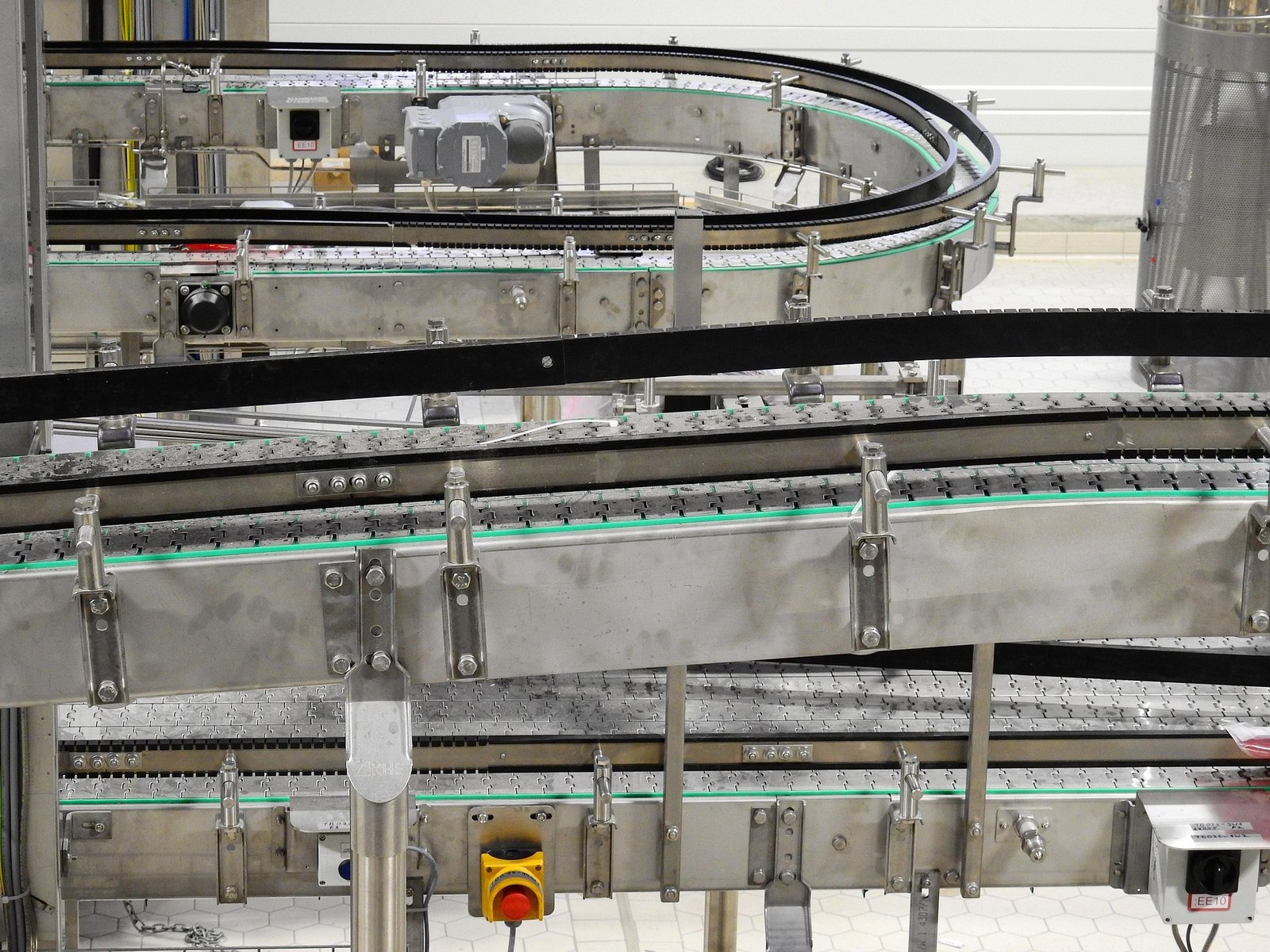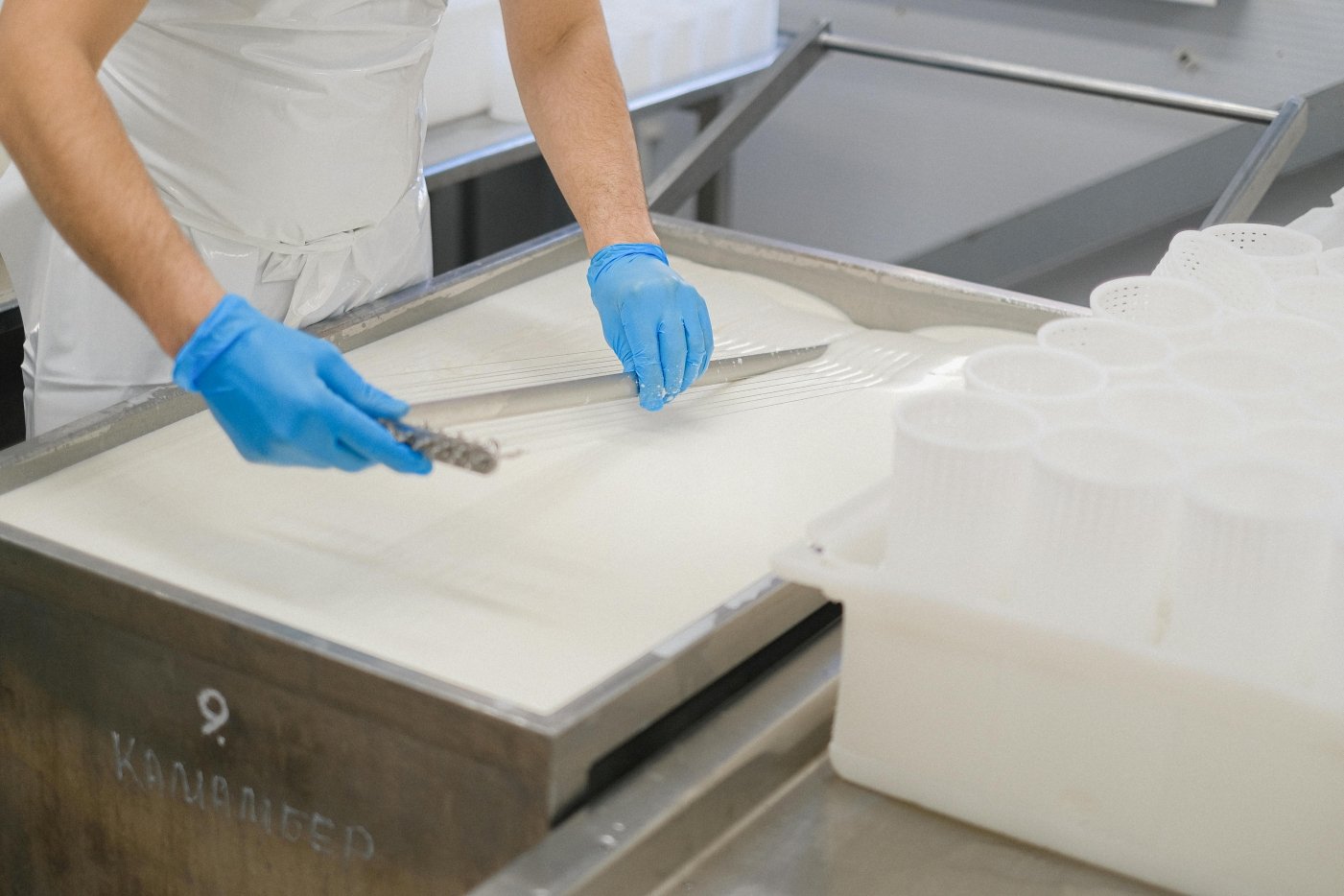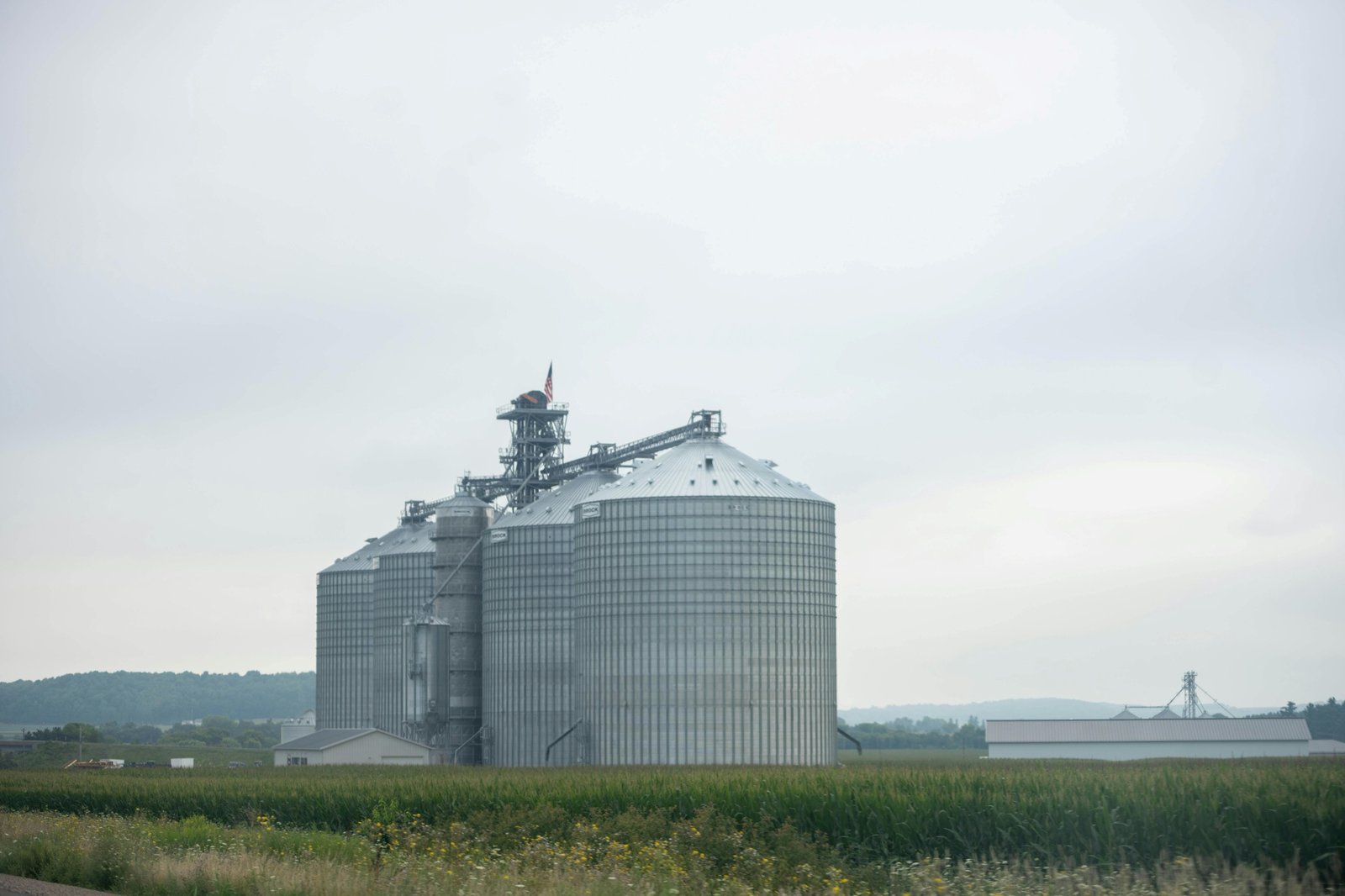How Do GFSI Benchmarks Make FSSC 22000 Different From ISO 22000?
When food manufacturers explore food safety certifications, two names often stand out: ISO 22000 and FSSC 22000. Both are internationally recognized, but there’s one big factor that sets FSSC 22000 apart — its GFSI (Global Food Safety Initiative) benchmark.
So, how exactly do GFSI benchmarks make FSSC 22000 different from ISO 22000? Let’s break it down.

🌍 Quick Overview: ISO 22000 vs. FSSC 22000
-
ISO 22000
-
International standard for Food Safety Management Systems (FSMS)
-
Based on HACCP principles and risk-based thinking
-
Covers the entire food supply chain
-
-
FSSC 22000
-
Builds on ISO 22000 requirements
-
Adds sector-specific PRPs (Pre-Requisite Programs)
-
Includes GFSI-recognized benchmarks
-
Widely demanded by global retailers and big brands
-
🔑 What Is GFSI?
-
Global Food Safety Initiative (GFSI) is an international benchmark system
-
Recognizes and endorses credible food safety certification schemes
-
Sets strict criteria that go beyond ISO 22000
-
Accepted by major retailers, manufacturers, and buyers worldwide
-
Ensures global recognition and trust
⚖️ How GFSI Benchmarks Make FSSC 22000 Different
-
Market Access
-
FSSC 22000 (GFSI-recognized) → accepted by Walmart, Nestlé, Carrefour, Tesco
-
ISO 22000 (not GFSI-recognized) → may not satisfy large global buyers
-
-
Additional PRP Requirements
-
FSSC 22000 includes industry-specific PRPs like ISO/TS 22002-1 (food manufacturing)
-
Covers detailed hygiene, facility design, and equipment requirements
-
-
Certification Credibility
-
GFSI recognition makes FSSC 22000 more powerful in international trade
-
ISO 22000 is valuable but may be seen as entry-level without GFSI endorsement
-
-
Continuous Updates
-
GFSI requires schemes like FSSC 22000 to update regularly
-
Ensures standards stay aligned with global food safety risks
-
-
Stronger Supply Chain Confidence
-
Buyers trust GFSI-recognized schemes → reduces need for duplicate audits
-
ISO 22000 alone may require extra checks for supplier approval
-
🏭 Why This Matters to Food Manufacturers
-
Small & Medium Factories
-
ISO 22000 → easier first step into structured food safety
-
FSSC 22000 → stronger credibility for export and multinational supply chains
-
-
Export-Oriented Factories
-
FSSC 22000 → often a mandatory requirement for international buyers
-
ISO 22000 → useful domestically, but may limit global market access
-
-
Retailer & Brand Demands
-
Global retailers list FSSC 22000 under approved certification schemes
-
ISO 22000 alone is usually not enough
-
🚀 Key Benefits of FSSC 22000’s GFSI Benchmark
-
Accepted by global food companies
-
Demonstrates higher commitment to food safety
-
Reduces audit duplication and costs
-
Provides global brand recognition
-
Strengthens buyer and consumer trust

✅ Final Takeaway
ISO 22000 and FSSC 22000 both improve food safety, but GFSI benchmarks make all the difference.
👉 If your factory is serving only local markets, ISO 22000 may be sufficient.
👉 But if you want to supply international buyers or top retailers, FSSC 22000 with GFSI recognition is the clear winner.


